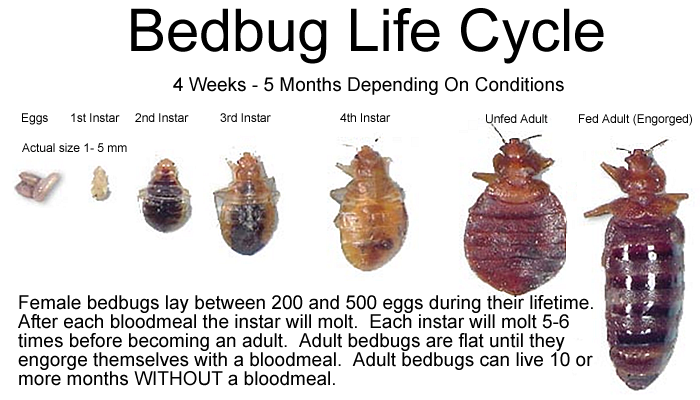1. Check for signs. Bed bugs will leave
small black or dark brown dots on sheets or the mattress. If you
see this at home be wary -- and consider hiring a pest
management professional for help and to accurately locate
precise areas of infestation via use of a trained k-9 or with
the only other 100% accurate bed bug detection device, the
professional TDS Co2 electronic portable system. If you're
traveling, ask for another hotel room far, far away, and
personally report the incident to the general manager and
housekeeping. They don't want bed bugs either and may even
credit all or part of your stay.
2. Clean up clutter. Reduce the number of
hiding places that bed bugs have. Just because their name is
"bed bugs," it doesn't mean that they don't like to live in the
dog's kennel or that pile of clothes on the floor.
3. Consider buying a
mattress/box-spring
encasement. If bed bugs are in your mattress, these make
it more difficult for bed bugs to get to you while you sleep.
The EPA recommends that you buy a product that has been tested
for bed bugs and is strong enough to last for a full year
without tearing.
4. Wash those sheets. Be sure to frequently
wash and heat-dry your bed linens, bed spreads and any clothing
that touches the floor. It's super gross, but bed bugs and their
eggs can hide in laundry containers/hampers.
5. Vacuum frequently. Thoroughly vacuuming
rugs, floors, under beds,around bed legs, bed frame and all
cracks and crevices around the room can help to cut your risk.
After vacuuming, be sure to change the bag, placing it in a
tightly sealed plastic bag and then again in an outside garbage
bin so that the Bedbugs can't migrate to another part of your
house.
For more detailed information
on bedbug management, see this
page.

